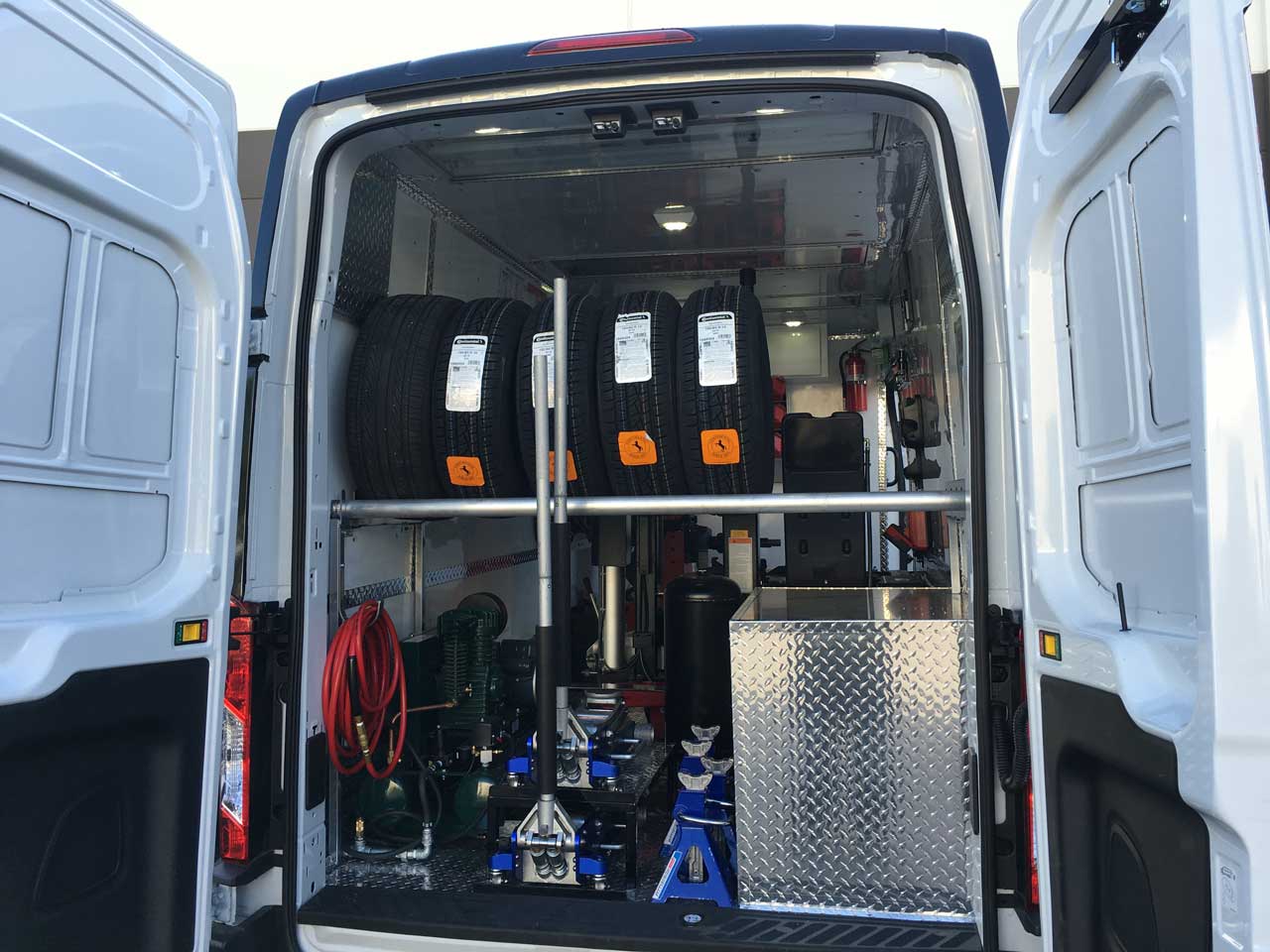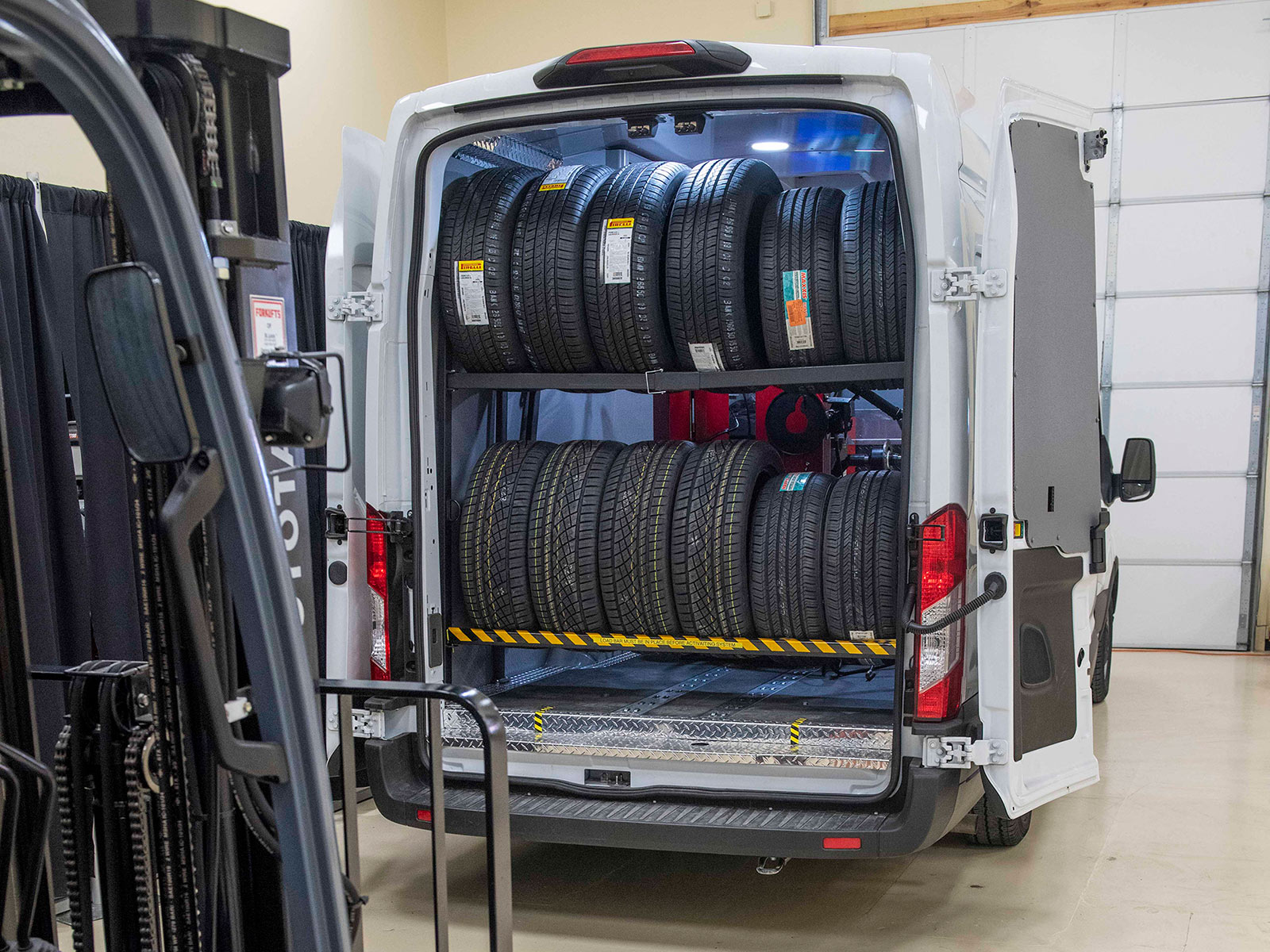Tire Solution: Proven Techniques for Ideal Tire Upkeep and Treatment
Keeping optimum tire condition is paramount for both security and efficiency of any type of lorry. From guaranteeing proper tire stress to routine turning and placement, there are tried and tested methods that can substantially prolong the lifespan of your tires and improve overall driving experience. As we check out the ins and outs of tire treatment and upkeep, we will certainly reveal important guidelines that every car proprietor ought to stick to for the finest feasible results. Let's look into the world of tire service and uncover the secrets to maintaining your tires in excellent shape for the lengthy haul.
Significance of Tire Stress
Correct tire stress is an important element in ensuring optimal automobile performance and security on the roadway. Keeping the advised tire stress levels supplied by the manufacturer offers countless benefits. Appropriate tire stress advertises better fuel effectiveness, as under-inflated tires can lead to boosted rolling resistance, creating the engine to function more difficult and consume more gas. Correct tire pressure guarantees even walk wear, boosting tire longevity and saving money in the lengthy run by delaying the demand for early replacements. Furthermore, correctly blew up tires add to boosted handling and braking abilities, crucial for secure driving in numerous road problems. Over-inflated tires, on the various other hand, can lead to minimized traction and a harsher ride. Conversely, under-inflated tires are vulnerable to getting too hot, which can lead to crashes and blowouts. Frequently inspecting and changing tire pressure, specifically before lengthy trips, is an easy yet efficient means to improve automobile efficiency, prolong tire lifespan, and prioritize security when driving.
Tire Turning Standards
When considering tire rotation guidelines, it is vital to comprehend the value of this maintenance job in taking full advantage of tire life-span and maintaining optimum lorry efficiency. Tire rotation entails changing the position of each tire on an automobile to ensure even tread wear. Front tires often tend to use quicker than back tires because of steering forces, making routine turning essential for balanced wear patterns. The suggested turning pattern differs relying on whether a vehicle is front-wheel, rear-wheel, all-wheel, or 4x4. Generally, tires ought to be revolved every 5,000 to 7,500 miles, or as recommended in the vehicle manual. Neglecting tire turning can cause uneven wear, impacting handling, grip, and possibly compromising car safety and security. By adhering to correct rotation guidelines, motorists can extend the life of their tires, boost fuel efficiency, and improve general driving experience. Regular rotation is a basic yet reliable upkeep practice that contributes substantially to tire long life and automobile performance.

Advantages of Wheel Placement
Making certain correct wheel alignment after tire rotation is crucial for maintaining well balanced wear patterns and making best use of car performance. Wheel alignment describes the modification of the angles of the wheels to the manufacturer's specifications. Among the vital benefits of wheel placement is enhanced guiding and taking care of feedback. When the wheels are correctly aligned, it decreases guiding effort, making certain a smoother and extra controlled driving experience. Furthermore, proper wheel alignment aids to extend the life-span of your tires. Misaligned wheels can create uneven tire wear, resulting in early tire replacement and raised maintenance expenses.

Tire Footstep Depth Examine
Carrying out a routine inspection of tire tread depth is necessary for maintaining secure driving problems and prolonging the life-span of your tires. Unequal walk wear can show problems with tire suspension, pressure, or positioning, highlighting the significance of normal step deepness checks. By incorporating tire step depth checks into your routine upkeep schedule, you can drive with confidence understanding that your tires are in top condition.
Seasonal Tire Inspection
Seasonal tire evaluation is a basic facet of tire upkeep that ensures tires are ready to deal with the difficulties posed by different weather problems. In prep work for wintertime, it is crucial to inspect the tire stress consistently as chilly temperature levels can cause tire Read More Here pressure to drop. By conducting routine seasonal tire examinations, chauffeurs can extend tire life expectancy, boost fuel effectiveness, and most notably, make certain a secure driving experience in differing climate problems.
Verdict
Finally, keeping appropriate tire pressure, turning tires on a regular basis, aligning wheels appropriately, keeping an eye on tread deepness, and carrying out seasonal examinations are essential methods for ideal tire care. By following these shown methods, vehicle drivers can guarantee their tires last longer, perform better, and add to total car security. It is essential to focus on tire upkeep to avoid crashes, enhance fuel effectiveness, and extend the life-span of tires.
Adequate tire stress promotes far better fuel find out here efficiency, as under-inflated tires can lead to enhanced rolling resistance, causing the engine to function harder and eat even more fuel.When taking into consideration tire rotation standards, it is crucial to comprehend the importance of this upkeep job in taking full advantage of tire life-span and preserving ideal lorry performance. Seasonal tire inspection is a fundamental element of tire maintenance that makes sure tires are ready to deal with the obstacles postured by various weather condition problems. By performing regular seasonal tire inspections, drivers can extend tire life expectancy, enhance gas effectiveness, and most notably, guarantee a safe and secure driving experience in differing weather condition problems.
In final thought, preserving proper tire stress, turning tires on a regular basis, lining up wheels properly, keeping an eye on step deepness, and carrying out seasonal evaluations are vital methods for optimal tire treatment.